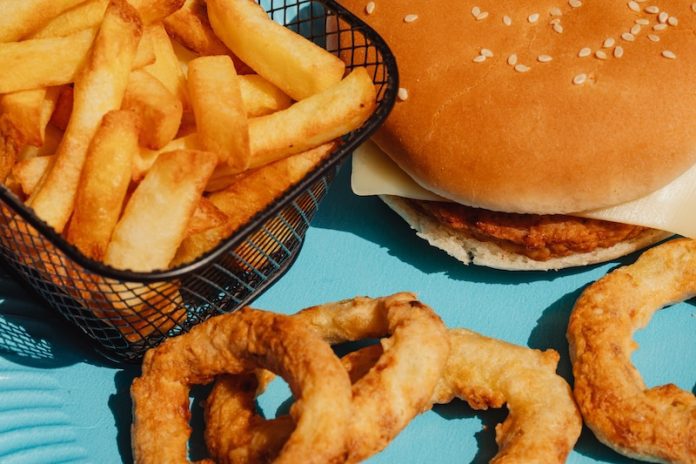
A study from Aarhus University has brought an interesting perspective to how we perceive food, particularly in the age of social media where images of dishes are rampant.
Contrary to the common belief that food pictures make us hungrier, this research suggests that repeated exposure to the same food image might actually reduce our appetite.
Study Findings: The Satiation Effect
Tjark Andersen, a Ph.D. graduate from the Department of Food Science at Aarhus University, found that viewing the same food picture multiple times (30 times, in this case) led participants to feel more satiated than those who saw it fewer times (like three times). This increased sense of fullness also translated into choosing smaller food portions.
Grounded Cognition Theory: The Underlying Science
This phenomenon aligns with the grounded cognition theory in brain research. This concept suggests that merely imagining a sensory experience can activate the same brain areas as actually experiencing it.
So, visualizing food repeatedly might trick the brain into feeling as if one has eaten, hence the feeling of satiation.
Experiments with Visual Repetition
The researchers conducted online experiments with over 1,000 participants. They used images of orange M&Ms, shown either three or 30 times. Those who viewed the image more frequently reported feeling fuller and opted for fewer M&Ms.
This pattern held true even when the experiment was repeated with M&Ms of different colors and Skittles, suggesting that the effect is not solely dependent on color or flavor.
Potential Practical Applications
These findings could have interesting applications, especially in weight loss strategies. Andersen proposes an app that displays numerous photos of a specific food to help reduce cravings and food intake.
However, the effect observed was modest, with participants choosing slightly fewer sweets, equating to less than 50 calories. For a significant impact on caloric intake, this method might need to be employed more strategically, perhaps even to deter starting a meal.
Social Media and Food Ads: A Double-Edged Sword
With the prevalence of food advertisements on social media, understanding their impact is crucial. A 2016 American study highlighted that young people encounter numerous food-related posts daily.
While the internet and social media may contribute to the obesity epidemic, studies like this from Aarhus University suggest they could also be part of a solution.
Published in the journal Appetite, this research offers a novel lens to view the relationship between food imagery and appetite, challenging traditional assumptions and opening doors for innovative approaches to managing hunger and food intake.
Follow us on Twitter for more articles about this topic.
Copyright © 2024 Scientific Diet. All rights reserved.





